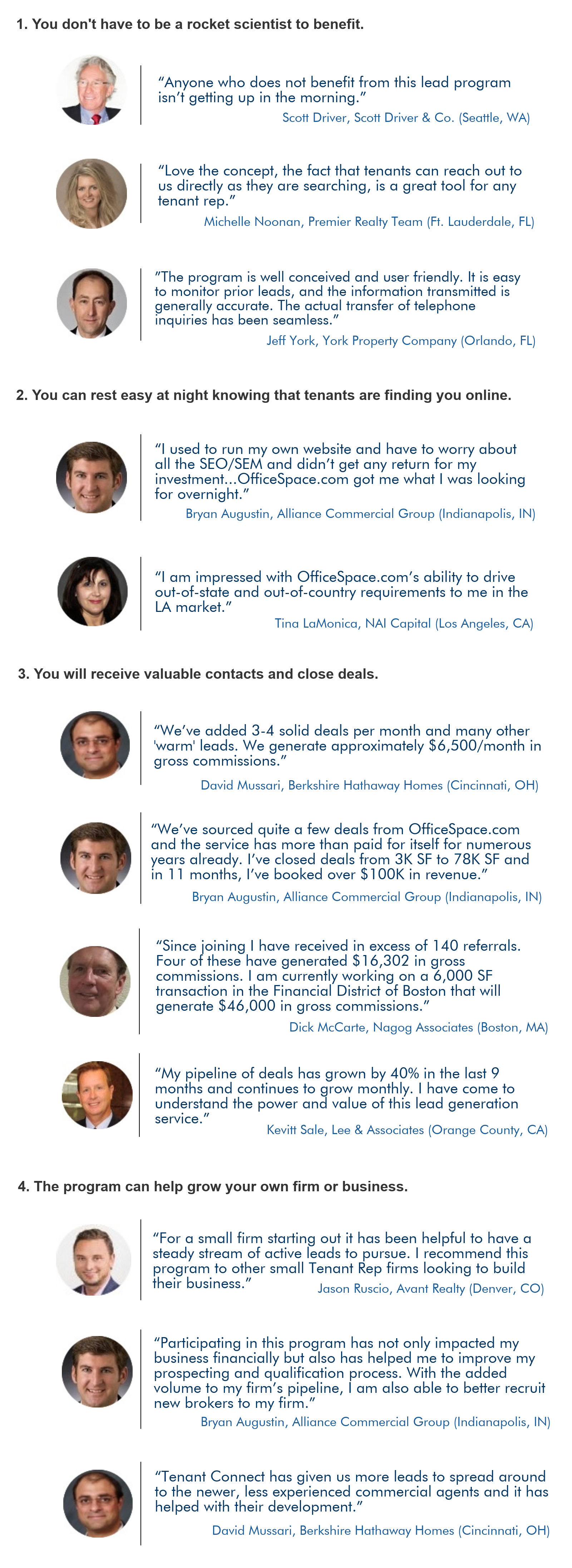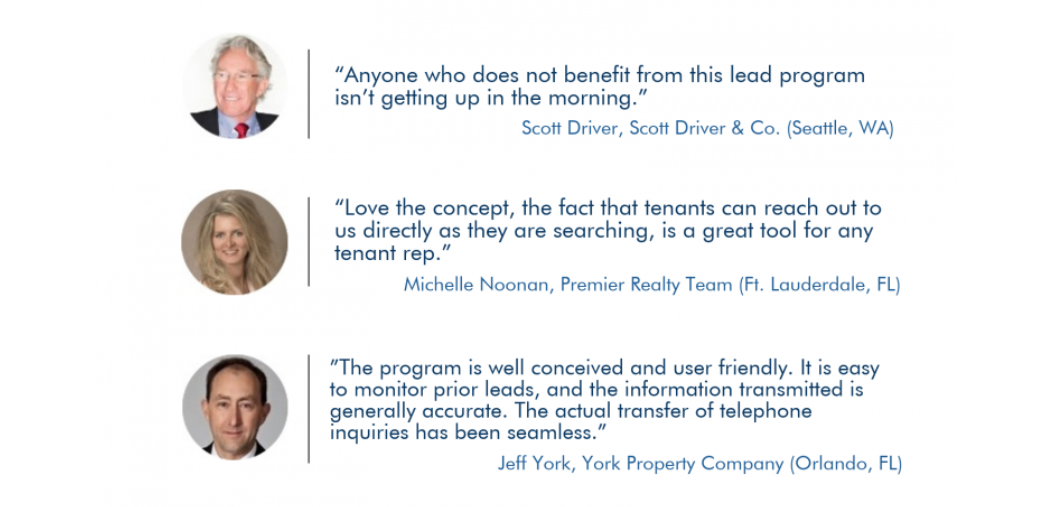
Contemporary office culture has come a long way since people first started talking about green solutions. Here are a few things to consider when you’re taking steps toward creating more sustainable office practices.
Don’t Forget Your Tech
In today’s office world, suggestions like “recycle your paper” are swiftly becoming much less relevant than energy saving tips involving technology. Although, of course, it’s still important to recycle waste paper, or choose recycled paper in the first place, in increasingly paperless offices it pays to consider the energy use of your electronics. If every person in your office is using a computer, imagine the impact of a company-wide policy governing their energy usage.
Program all computers to enter sleep mode after ten minutes of inactivity, and shut down your computer completely at the end of each day rather than allowing it to enter sleep mode. And if you’re still using screen savers, skip it—screen savers are a vestige of the early days of computers, when the image of your desktop would eventually be burned into your screen if left on too long. A static image—or better yet, black—requires much less energy to run than a moving screen saver. Or better yet, if you’re walking away for a few minutes, just turn your monitor off completely. It won’t affect your computer’s memory, performance, or state in any way, but saves energy just like turning off a light switch.
Choose Energy-Saving Appliances
There are many upgrades you can make in your appliances that will go a long way toward saving power, many of which are already becoming the new standard. Just as energy efficient light bulbs are the new norm, LCD monitors have been swiftly replacing the CRT monitors of the past, and if you haven’t made the change yet you should as soon as possible—not only are they three times as efficient, but the upgrade is inevitable. It’s also worth it in both the long and short run to invest in efficient hardware—when buying your computer processors and accessories, look at Energy Star 4.0 ratings or high EPEAT marks.
There are many things offices don’t even think about that can be made more efficient with upgrades—for example, using virtualization technology to consolidate your servers, reducing your need for multiple physical servers (which are huge energy suckers).
Consider Green or Alternative Buildings
The amount of resources used for brick-and-mortar buildings and traditional methods of construction are often overlooked. The Construction Materials Recycling Association estimates that the construction and demolition industries account for 250 million tons of waste each year (which doesn’t include roads or bridges), and these C&D materials make up approximately 35 percent of all waste generated annually. Luckily, there are greener modes of construction for office space. LEED-certified buildings are increasingly becoming a popular trend in CRE. Through LEED, developers and owners are provided with measurable solutions for creating more sustainable buildings. There are also alternative options, especially if you’re feeling a bit more creative, such as such as PVC fabric buildings, which require a fraction of the construction materials or transport, allow greater amounts of natural light to enter, and are made of entirely recyclable materials.
Incorporate Telecommuting
Telecommuting is more feasible in the workplace now than ever before. With dozens of ways of instantly communicating through video, audio, and computer screen shares, the necessity of in-person meetings has been largely reduced. If your employees or partners can work from home, they save a bundle in terms of the energy that would otherwise be spent on commuting. If you have meetings with clients or partners that would usually require someone driving for miles, consider having digital meetings whenever possible. You might want to allow employees to work from home a day or two out of the week. You’ll save money on your office resources while also saving some gas. 44 million Americans currently telecommute full-time, and that number is growing daily because it offers so many practical and environmental advantages.
In this constantly evolving modern workplace, the ways we think about going green need to keep evolving as well. What are some other things you implement to make your office greener? Let us know in the comments below!



